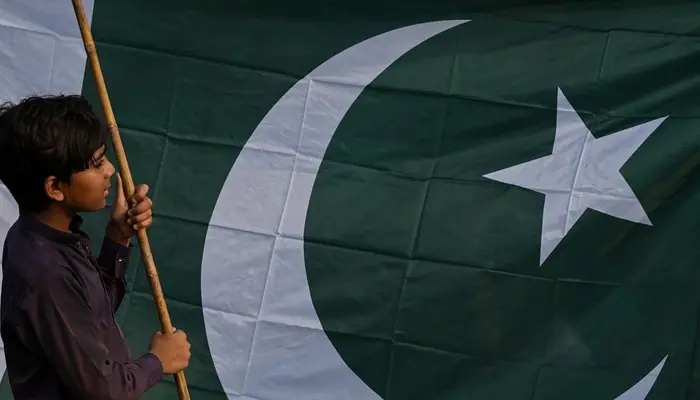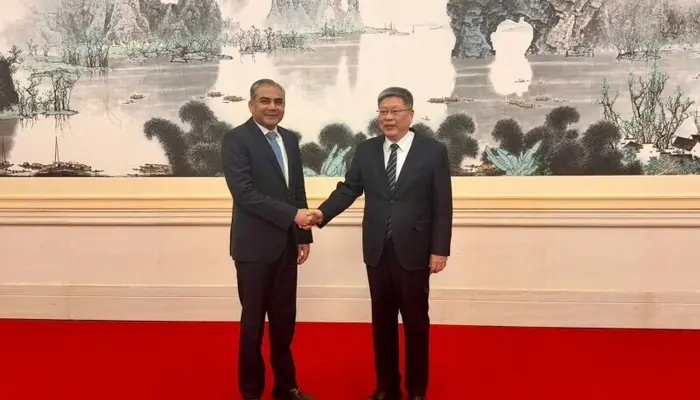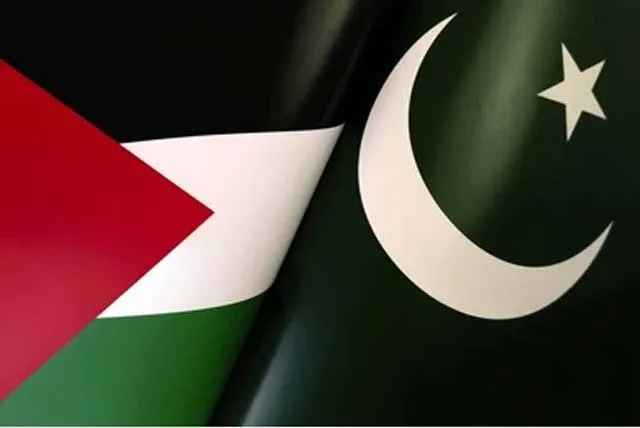
Pakistan’s exports have become uncompetitive after the government doubled gas prices for in-house power generation. This increase threatens the country’s goal of reaching $60 billion in exports by 2027. The Pakistan Business Council (PBC) raised concerns in a letter to Prime Minister Shehbaz Sharif, warning that higher energy costs could damage both exports and local manufacturing.
Government Policy and IMF Conditions
The gas price hike aligns with an International Monetary Fund (IMF) condition that required the government to either cut off gas supply for captive power plants (CPPs) or make it unaffordable. The government chose the latter option, leading to a sharp rise in production costs for manufacturers.
The Economic Coordination Committee (ECC) recently increased gas prices for CPPs by 18%. Additionally, a new ordinance imposes a special levy of up to 20% in four phases, with the first 5% already in effect since February 2, 2025. Once all levies are applied, gas prices will jump from ₹2,400 per mmBtu ($8.8) in November 2023 to Rs.4,200 per mmBtu ($15). This will make Pakistan’s gas more expensive than that in Bangladesh and even higher than global LNG prices at certain times.
Read: KSE-100 Falls 810 Points Amid Profit-Taking and Uncertainty
Impact on Exporters and Industry
Higher gas prices have made Pakistani products less competitive in global markets. More than 50% of Pakistan’s exports rely on gas-fueled CPPs. The manufacturing sector, which generates employment and drives exports, is now struggling with increased operational costs.
Electricity tariffs in Pakistan are already among the highest in the region. At 17 cents per unit, they are significantly more expensive than India and Vietnam (6-8 cents per unit) and Bangladesh (9-10 cents per unit). This cost disparity further weakens Pakistan’s export industry.
Lost Opportunities in Global Trade
The PBC warned that rising energy costs could prevent Pakistan from benefiting from the United States’ recent tariffs on Chinese imports. Instead of attracting new orders, Pakistan may lose out to competitors with lower production costs.
The government initially faced IMF pressure to completely disconnect gas supply to CPPs paying below import gas rates. However, authorities negotiated a compromise that allowed continued supply but at an unaffordable rate. While this move meets IMF conditions, it places manufacturers in a difficult position.
Future Outlook
Finance Minister Muhammad Aurangzeb noted that only 1,100 out of 5,600 industrial gas connections belong to CPPs. He suggested that most industries could shift to the national grid, but manufacturers argue that grid electricity remains costly and unreliable.
With these energy price hikes, Pakistan’s export sector faces major challenges. The government must now balance IMF commitments with economic growth and industrial competitiveness. If costs remain high, achieving the $60 billion export target will become increasingly difficult.
Follow us on Google News, Instagram, YouTube, Facebook,Whats App, and TikTok for latest updates












